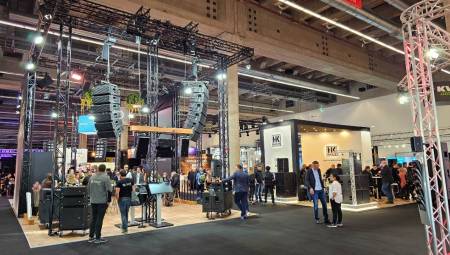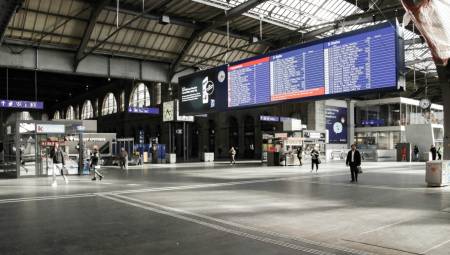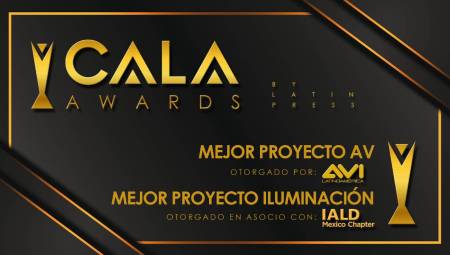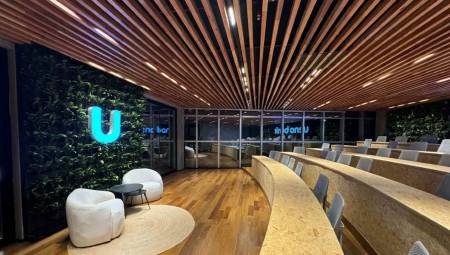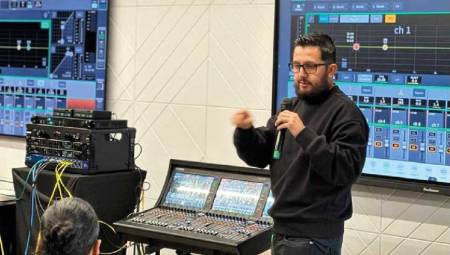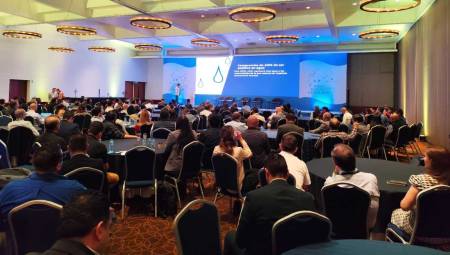 OLEDs, also known as LEP (light emitting polymer) and OEL (organic electro-luminescence), have the same characteristics as LEDs with a difference, the electro luminescent layer is formed by a film of organic components, which allows its use in a whole new range of applications. Currently its use is limited to portable devices such as cell phones, music players and digital cameras, however prototypes of televisions with this technology are already beginning to be presented.
OLEDs, also known as LEP (light emitting polymer) and OEL (organic electro-luminescence), have the same characteristics as LEDs with a difference, the electro luminescent layer is formed by a film of organic components, which allows its use in a whole new range of applications. Currently its use is limited to portable devices such as cell phones, music players and digital cameras, however prototypes of televisions with this technology are already beginning to be presented.In the past Ceatec 2007, Sony presented an 11-inch TV developed with OLED technology; the device was only three millimeters thick. This is only a prototype that emerged from the research that is currently being carried out on the subject of OLEDs, but its mass production will not be possible until about 2010.
It is also very likely that in a few years electronic devices will have increasingly innovative designs; for example, there is already talk of flexible screens that can be folded or even rolled, which would be viable with the implementation of flexible OLEDs (FOLED), a variant that allows the application of OLED on flexible supports such as plastic.
OLEDs are emerging as a very good option in the area of high definition screens due to the quality of the image they project, the low energy consumption and their potential low production cost. However, in the field of lighting they also have applications that make them very attractive, mainly because of their light capacity and their environmental impact.
Given the global concern about climate change and the conservation of natural resources, initiatives have emerged that seek to limit the use of incandescent lamps, because due to their high energy consumption it is proposed to replace them with low consumption lamps, including LED lamps that consume from 1 to 1.8 watt, which makes them ideal for buildings with high electricity consumption and even for homes.
Although in Latin America its use is not yet widespread, it is expected that with projects aimed at limiting the marketing and production of incandescent lamps in countries such as Venezuela, Cuba and Argentina, lamps produced with LED technology will become an alternative to replace traditional bulbs.




